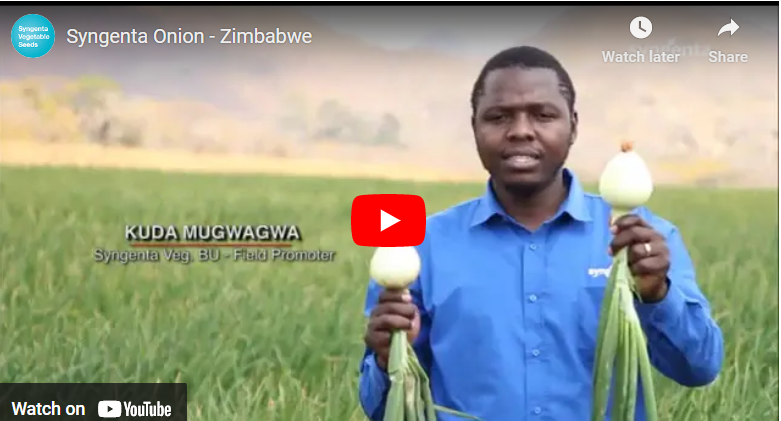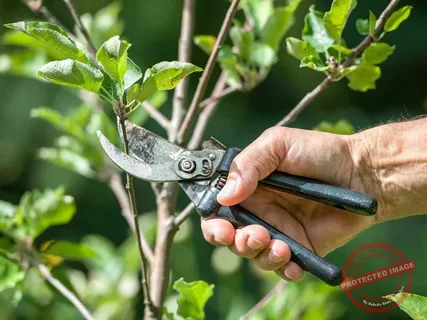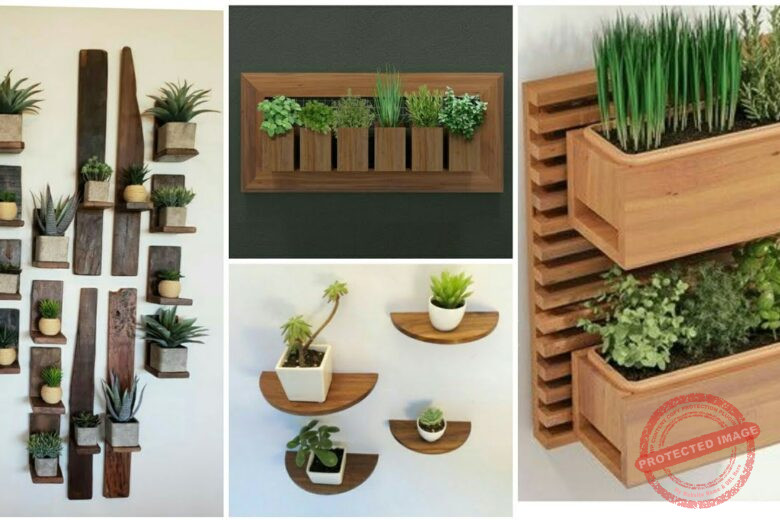If you’ve been gardening for a while, you probably know the joy of pulling fresh carrots out of the soil, smelling that earthy sweetness, or watching bees dance around your squash flowers. But let me ask you something: have you ever wondered if there’s a way to garden that feels even more in tune with nature, almost like your soil, plants, animals, and even the moon are all working together as one living system? That’s the magic of biodynamic gardening.
I first heard the term “biodynamic” years ago from a neighbor who was the kind of gardener that never needed to check a weather app—he just knew. He swore by planting with the moon, making compost teas that smelled like a forest after rain, and paying attention to the rhythms of nature. At first, I thought it was a little far out. But then I noticed his vegetables were always more vibrant, his soil richer, and his harvests steady, even in rough years. That got me curious.
Here’s the thing: biodynamic gardening isn’t just about growing food. It’s about creating a whole system where your garden, your soil, your compost, your animals (if you’ve got them), and the natural cycles of the earth work together. It’s like organic gardening, but with an added layer of attention to timing, energy, and balance. And honestly? Once you start practicing it, you see your garden differently. It’s no longer just a patch of dirt with some plants in it—it becomes alive in a deeper way.
What is Biodynamic Gardening, Really?
Biodynamic gardening is a holistic approach to farming and gardening developed by Rudolf Steiner back in the 1920s. Think of it as organic gardening’s cousin, but with a little more emphasis on timing and natural harmony. Instead of just feeding plants with compost or avoiding chemicals, you’re treating your garden like one interconnected organism.
This includes paying attention to lunar cycles for planting, using special compost preparations, and focusing on soil health as the foundation of everything. If organic gardening is about keeping chemicals out, biodynamic gardening is about actively building life and vitality in.
The Role of the Soil
Let’s be real here: soil is everything. If you’ve ever stuck your hands into crumbly, dark, sweet-smelling earth, you know the difference between “dirt” and living soil. In biodynamic gardening, soil is treated like the heart of the garden. You don’t just throw fertilizer on it and hope for the best. You feed it with compost, cover crops, and preparations that encourage microbial life.
For example, many biodynamic gardeners swear by adding compost preparations made from herbs like yarrow, chamomile, and valerian. These aren’t just random herbs thrown in the pile—they’re chosen because they’re believed to stimulate specific processes in decomposition and nutrient cycling. It’s about guiding the soil’s natural rhythms, not forcing them.
Planting by the Moon
Now, this is the part that makes some people scratch their heads. Planting by the moon? Really? But if you think about it, the moon pulls the tides across the entire ocean. So why wouldn’t it have an effect on water in our soil or sap in our plants?
Biodynamic gardening uses lunar and astrological calendars to decide when to sow seeds, transplant, prune, or harvest. The idea is that certain times are better for root crops, others for leafy greens, and still others for fruits or flowers. Whether you believe in it fully or not, many gardeners—including me—find that it works surprisingly well.
Animals and Biodiversity
If you’ve got chickens, goats, or even just a couple of beehives buzzing around, you’re already halfway into biodynamic thinking. Animals aren’t just for eggs, milk, or honey. They’re part of the cycle. Their manure goes into compost, which feeds the soil. Their movement across the land adds energy and life. Even their presence creates balance.
Not every gardener has room for livestock, of course. But even something as small as encouraging pollinators or keeping a worm bin can connect your garden more closely to the biodynamic philosophy.
Compost as Gold
Ask any biodynamic gardener, and they’ll tell you compost isn’t waste—it’s treasure. It’s not just about tossing scraps into a pile; it’s about creating a balanced, living substance that brings fertility back to the soil. Biodynamic compost often includes those special herbal preparations I mentioned earlier, each one meant to guide decomposition in a different way.
Think of compost as the digestive system of your garden. Feed it well, tend it carefully, and the whole garden thrives. Ignore it, and the garden starts to weaken over time.
A Short Relatable Scenario
Picture this: It’s early morning, the dew is still on the leaves, and you’re walking through your garden with a cup of coffee in hand. You notice your tomato plants look sturdier this year, the soil feels richer, and the bees seem busier than ever. You remember that last month you planted your tomatoes during a “fruit day” according to the biodynamic calendar, and you added compost enriched with chamomile and nettle. Suddenly, gardening doesn’t just feel like planting and harvesting. It feels like you’re working with nature’s rhythm, not against it.
That’s what biodynamic gardening feels like—like your garden is whispering back to you.
How to Start Biodynamic Gardening (Step by Step)
-
Start with Soil Health – Build compost, add organic matter, and encourage earthworms. Healthy soil is the foundation.
-
Get a Biodynamic Calendar – These guides will tell you the best days to plant, transplant, and harvest based on lunar rhythms.
-
Make or Buy Compost Preparations – If you’re new, you can purchase these. Later, you might enjoy making your own.
-
Encourage Biodiversity – Add pollinator-friendly plants, companion plant wisely, and include animals if possible.
-
Observe and Adjust – The beauty of biodynamic gardening is that it’s not rigid. Pay attention to your garden’s response and fine-tune as you go.
Common Biodynamic Compost Preparations (Made Simple)
One of the unique things about biodynamic gardening is the use of special compost preparations. They sound mysterious at first, but think of them as natural boosters that help your compost—and eventually your soil—work more efficiently. Here are the most common ones:
-
Yarrow (502) – Made from yarrow flowers, this preparation is believed to help plants access nutrients more effectively, especially trace elements like potassium and sulfur. Gardeners say it sharpens the compost’s “intelligence.”
-
Chamomile (503) – Chamomile blossoms are used because they calm and stabilize. Just like chamomile tea soothes us, this prep is thought to keep compost from getting too wild or smelly.
-
Stinging Nettle (504) – Nettles are a powerhouse plant full of minerals. This preparation helps compost become more balanced, boosting soil fertility and vitality.
-
Oak Bark (505) – Used to bring strength. It’s said to help plants resist diseases, almost like giving your soil an immune system.
-
Dandelion (506) – Dandelion blossoms are rich in silica and potassium. This prep is believed to help plants connect more strongly with the natural forces around them.
-
Valerian (507) – A liquid preparation made from valerian flowers. Gardeners often spray it lightly over compost piles to “warm them up,” helping decomposition run smoothly.
-
Horsetail Tea (508) – While not technically a compost prep, horsetail (equisetum) tea is often used as a foliar spray to reduce fungal issues. Think of it as biodynamic pest control.
You don’t have to make all these yourself when starting out. Many biodynamic gardeners purchase them from suppliers until they feel comfortable making their own. The important thing is the intent: you’re feeding the life of your compost with carefully chosen natural helpers.
How to Apply Biodynamic Compost Preparations
If you’re picturing yourself standing in front of a compost pile and wondering, “Okay, but how do I actually use these?”—you’re not alone. The steps are simpler than most people think.
-
Build your compost pile as usual
Use what you have on hand—kitchen scraps, animal manure, garden clippings, and dry materials like straw. Pile it up so it can “cook.” -
Prepare the compost spots
With a stick or small trowel, poke five or six holes in the pile, each about a foot deep. Think of it as planting seeds of energy inside the compost. -
Add the preparations one by one
-
Drop the yarrow, chamomile, stinging nettle, oak bark, and dandelion preps into different holes.
-
Each one goes into its own little pocket, not all in the same hole.
-
-
Seal the holes back up
Cover the holes with compost so the preparations can mingle quietly with the pile. -
Sprinkle valerian liquid
Mix valerian prep (507) with water in a small bucket, stir it well, then sprinkle it over the whole pile like you’re blessing it. This gives the compost a gentle warmth to get going. -
Let nature work
Now step back. The preparations work slowly but steadily, helping the pile decompose in a balanced way. Turn the compost when needed, just like you normally would. -
Optional: Horsetail tea for your garden
Make a tea from horsetail leaves, dilute it with water, and spray it lightly over plants prone to mildew or fungus. It’s like a biodynamic shield.
Common Questions About Biodynamic Gardening
Is biodynamic gardening the same as organic gardening?
Not exactly. All biodynamic gardening is organic, but not all organic gardening is biodynamic. Biodynamics takes it a step further by focusing on cycles, lunar timing, and specific preparations.
Do I need animals to practice biodynamic gardening?
No, but animals help complete the cycle. Even without them, you can focus on soil, compost, and lunar rhythms.
Is planting by the moon really necessary?
Some people treat it as essential, others see it as optional. Try it for a season and see if your yields and plant health improve—you might be surprised.
Do I need a lot of land?
Not at all. Biodynamic gardening can be practiced in a backyard, raised beds, or even pots. The principles are scalable.
Tips for Plant Care in a Biodynamic System
-
Rotate crops to prevent disease and encourage soil diversity.
-
Use green manures like clover to enrich the soil between plantings.
-
Harvest herbs and flowers at their peak, often guided by lunar timing, for maximum potency.
-
Treat your compost pile like a living thing: keep it moist, aerated, and balanced with greens and browns.
The Emotional Connection
Biodynamic gardening isn’t just a technique—it changes the way you feel about gardening. It makes you more observant, more patient, and more connected. You’re no longer rushing to get plants in the ground just because it’s the weekend. You’re listening, watching, and participating in something bigger.
And when your garden rewards you with healthier plants, fewer pests, and richer soil, you start to feel like you’re part of that cycle, not just managing it.
Final Thoughts
If you’ve ever felt like your garden could give you more—more yield, more beauty, more connection—biodynamic gardening might be the path for you. It’s not about perfection. It’s about tuning in. You’ll find yourself looking at your compost pile with more respect, noticing the moon phases without needing an app, and celebrating little victories like stronger seedlings or tastier tomatoes.
At the end of the day, gardening isn’t just about feeding your body. It’s about feeding your spirit. Biodynamic gardening gives you both.
So, are you ready to see what happens when you let your garden truly come alive?



